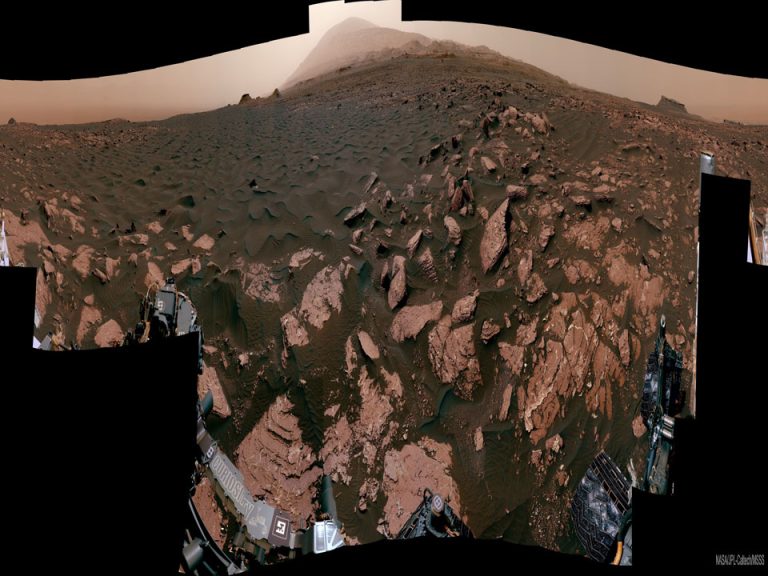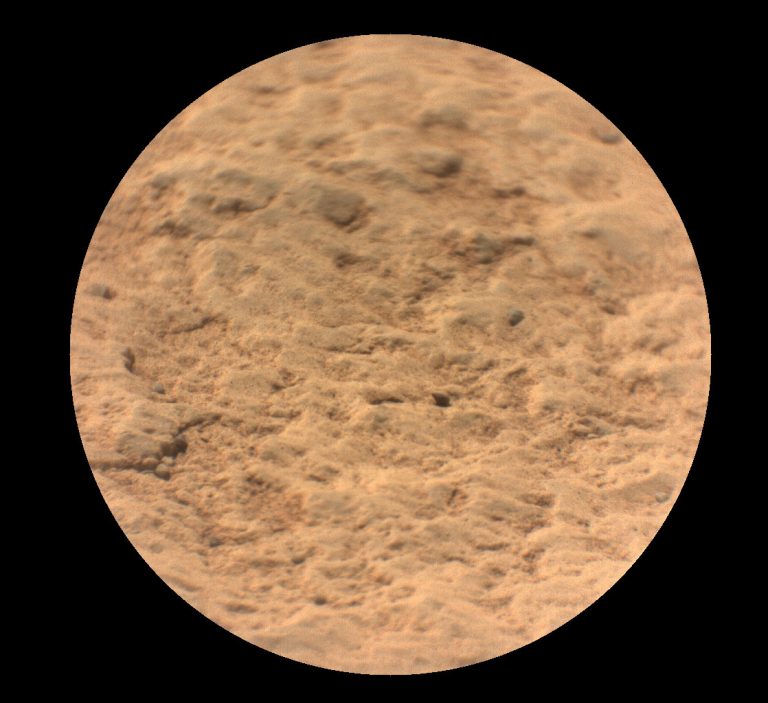2024年6月1日
Stereo Helene
Image Credit: Cassini Imaging Team, ISS, JPL, ESA, NASA; Stereo Image by Roberto Beltramini
Explanation: Get out your red/blue glasses and float next to Helene, small, icy moon of Saturn. Appropriately named, Helene is a Trojan moon, so called because it orbits at a Lagrange point. A Lagrange point is a gravitationally stable position near two massive bodies, in this case Saturn and larger moon Dione. In fact, irregularly shaped ( about 36 by 32 by 30 kilometers) Helene orbits at Dione’s leading Lagrange point while brotherly ice moon Polydeuces follows at Dione’s trailing Lagrange point. The sharp stereo anaglyph was constructed from two Cassini images captured during a close flyby in 2011. It shows part of the Saturn-facing hemisphere of Helene mottled with craters and gully-like features.
Tomorrow’s picture: both sides of Earth’s Moon
土卫十二的立体影像
影像提供: Cassini Imaging Team, ISS, JPL, ESA, NASA; 立体影像制作 Roberto Beltramini
说明: 取出你的红/蓝眼镜,一起飘浮在土卫十二(Helene 海伦),这颗土星冰质小卫星之旁。名称很贴切的土卫十二海伦,是四颗现知位在拉格朗日点上的特洛伊卫星之一。拉格朗日点则是两颗大质量物体间的重力稳定位置,在此例中为土星和它较大的卫星土卫四。形状不规则的土卫十二(约36x32x30公里),位于土卫四的前导拉格朗日点上,另一颗冰质姐妹卫星土卫三十四,则位在坠后的拉格朗日点上。这张清晰的立体影像,建构自卡西尼号2011年某次近距离飞越时所拍摄的2张照片。影像显示土卫十二面向土星半球的部分区域,而此区的表面上满布着撞击坑和沟状结构。
明日的图片: both sides of Earth’s Moon








One Comment